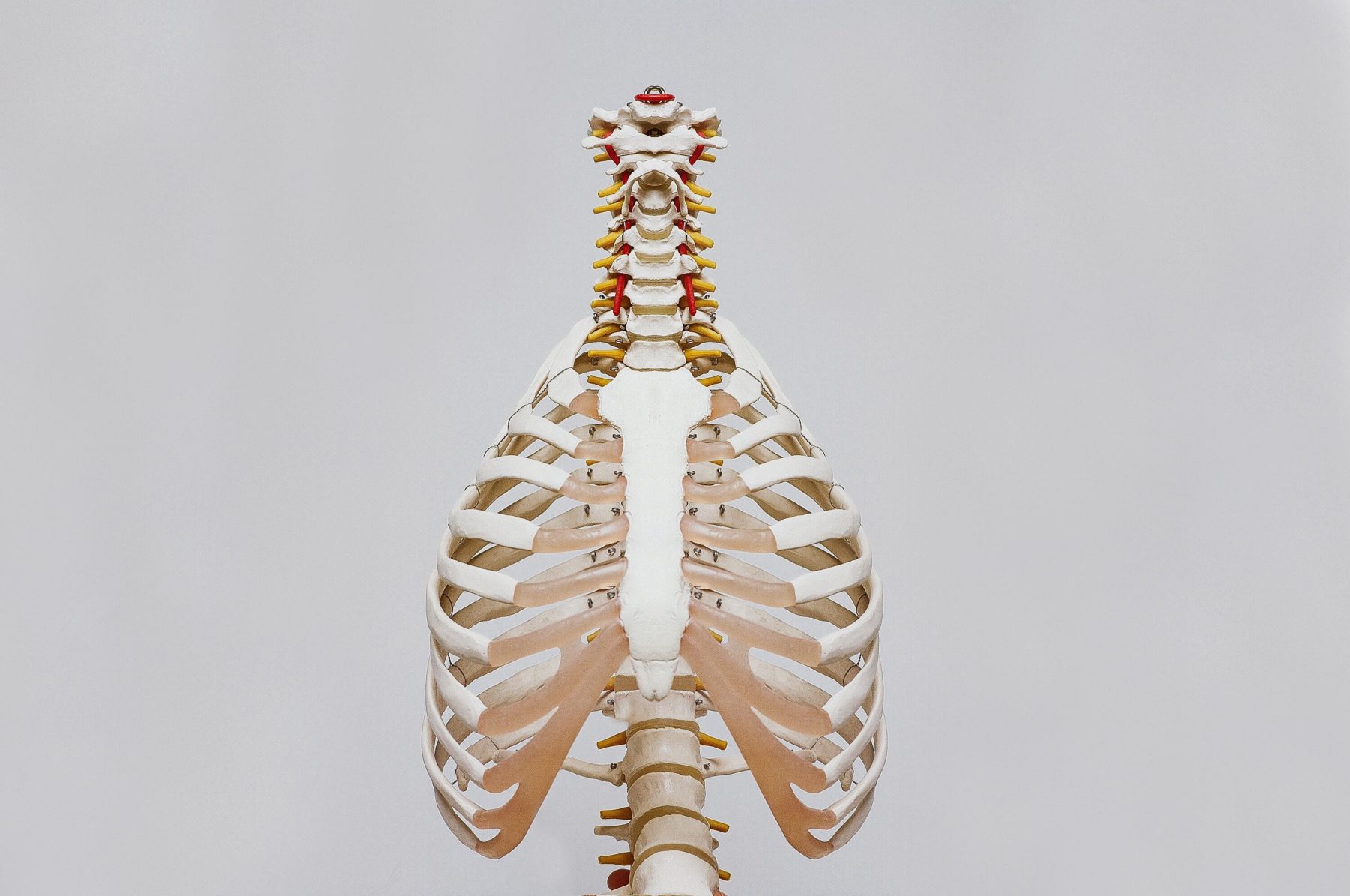Scientific and medical advances are often dependent on the results of research involving human subjects. This research requires significant ethical and safety considerations, and clinical trials involving humans are expected to follow guidelines consistent with Good Clinical Practice (GCP).
GCP outlines the ways organizations can design and conduct trials to ensure that the rights and safety of subjects are protected and that the data collected from clinical trials are reliable. To enforce GCP, the International Conference on Harmonization (ICH)set forth a series of standards for the European Union, Japan, and the United States that enables regulatory authorities in these countries to trust the data from these trials and be confident that it was collected, recorded, and stored in an ethical way.
In recent years, the transition from paper records to electronic records, the increased need for risk-management, and the practice of sharing data across countries, have necessitated changes in conducting trials and outlining new guidelines for researchers. As a result, in late 2016, the ICH issued an addendum to its guidelines. This revision, known as E6 (R2),requires the adoption of a centralized, Quality Risk Management (QRM) system to be used throughout the clinical trial process.
The Revision: E6 (R2)
ICH defines a QRM system as “a systematic process for the assessment, control, communication and review of risks to the quality of the drug (medicinal) product across the product lifecycle.” The goal of this addendum is to standardize existing guidelines from the US Food and Drug Administration (FDA), the European Medicines Agency (EMA) and other regulatory agencies in order to make it easier to globalize clinical trials, create consistent standards, and ultimately improve the quality of pharmaceuticals produced and marketed to consumers.
To ensure compliance with E6 (R2), pharmaceutical companies and Contract Research Organizations (CROs) will be required to use on-site and centralized monitoring to optimize the quality of collected data. With centralization, CROs can reduce the time and cost of clinical trials in addition to reducing risks across trial sites. A QRM system will also provide a better overview of trials across different countries so best practices can be identified and used more widely.
Complying with E6 (R2) requires working with internal stakeholders and external partners to make any necessary changes to the organization. Here are a few steps for CROs to get started.
Understand The Addendum’s Requirements And Identify Any Gaps
Clinical trial sponsors and CROs should undertake a thorough review of the ICH E6 addendum and determine what steps need to be taken to ensure compliance.
Evaluating the CRO’s current technology, risk identification process, data systems, and researcher training will enable the organization to define a strategy for change and outline the steps needed to fill any gaps. This analysis needs to be done across the entire supply chain involved in clinical trials.
Create A Culture Of Compliance
Change will be easier to implement if stakeholders understand the importance of these new requirements. Researcher training and information sessions to discuss the upcoming changes to risk management will keep everyone informed, and case studies that demonstrate the qualitative and quantitative success that other organizations have had with QRM will inspire a culture of compliance.
Seek Regulatory Counsel
With any regulatory change, organizations should seek out as much counsel as possible, consulting with experts to ensure a smooth transition.
CROs can also attend industry conferences, webinars, and other forums that discuss the changes that ICH E6 (E2) will have on clinical trials and foster conversations with peers about best practices, raising the standards for all research organizations, and by extension, patients and consumers.
For more information on the addendum, visit ICH’s website.

